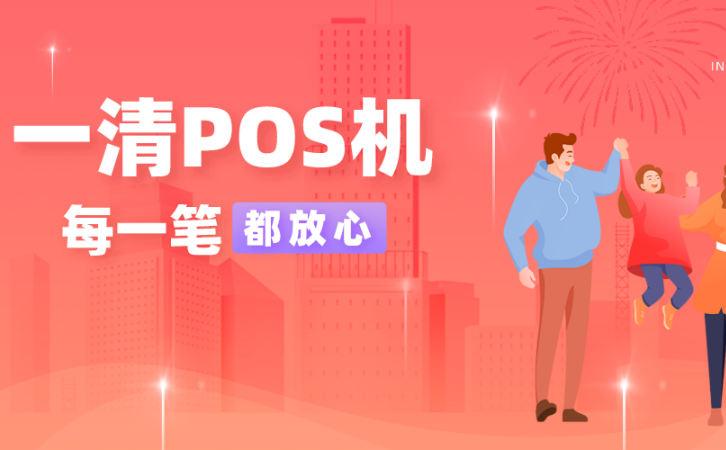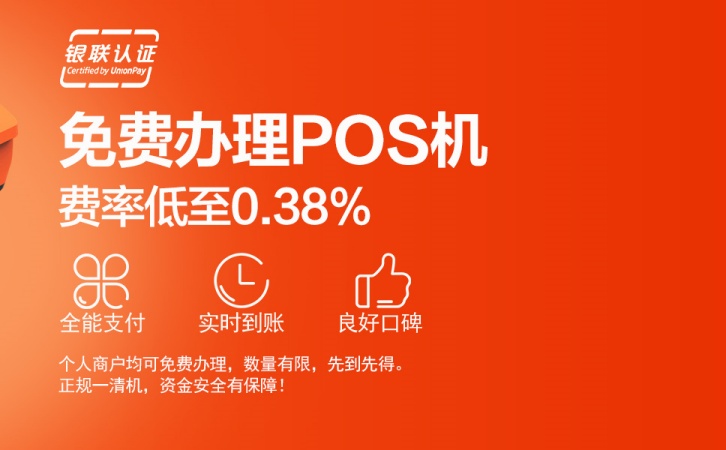pos机后台哪个好

1. Criteria for a good POS system backend
A good POS system backend should meet the following criteria:
A good POS system backend should be fast and reliable to minimize wait times for customers and ensure that transactions are processed smoothly. It should also have a user-friendly interface that is easy to navigate and understand. Additionally, a good POS system backend should be robust and secure to prevent data breaches and ensure that sensitive information is protected. Finally, it should be customizable and flexible to meet the unique needs of each business.
2. Top POS system backends
There are many POS system backends available on the market, but some of the top options include:
i. Square
Square is a popular POS system that offers a robust backend with a user-friendly interface. It is fast and reliable, and it offers a range of features that are customizable to meet the unique needs of each business. Square also offers advanced security features to protect sensitive data and prevent fraud.
ii. Clover
Clover is another popular POS system that offers a powerful backend with a range of features. It is fast and reliable, and it offers an intuitive interface that is easy to use. Clover also offers customizable options, as well as advanced security features to protect data.
iii. Toast
Toast is a POS system that is specifically designed for the restaurant industry. It offers a robust backend with features like menu management, order taking, and inventory tracking. It is also fast and reliable, with advanced security features to protect sensitive data.
iv. Lightspeed
Lightspeed is a POS system that offers a fully customizable backend with a range of features. It is fast and reliable, and it offers an intuitive interface that is easy to navigate. Lightspeed also offers advanced security features to protect sensitive data.
3. Factors to consider when choosing a POS system backend
When choosing a POS system backend, it is important to consider several factors, including:
First, businesses should consider their unique needs and requirements when choosing a POS system backend. This includes considerations like the type of business, the volume of transactions, and the desired features and functionality.
Second, businesses should consider their budget when choosing a POS system backend. Some POS systems may be more expensive than others, and businesses should consider the cost-benefit of each system before making a decision.
Third, businesses should consider how well the POS system backend integrates with other systems they use, such as accounting software, inventory management systems, and e-commerce platforms.
Finally, businesses should consider the level of customer support offered by the POS system provider. This includes considerations like the availability of customer support, the responsiveness of the support team, and the quality of the support provided.
4. Conclusion
Choosing a POS system backend can be a daunting task, but by considering the criteria outlined above and evaluating top options like Square, Clover, Toast, and Lightspeed, businesses can find a system that meets their unique needs and requirements. Factors like budget, integration, and customer support should also be considered when making a decision to ensure the best possible experience for both the business and its customers.



